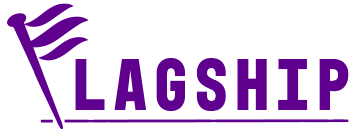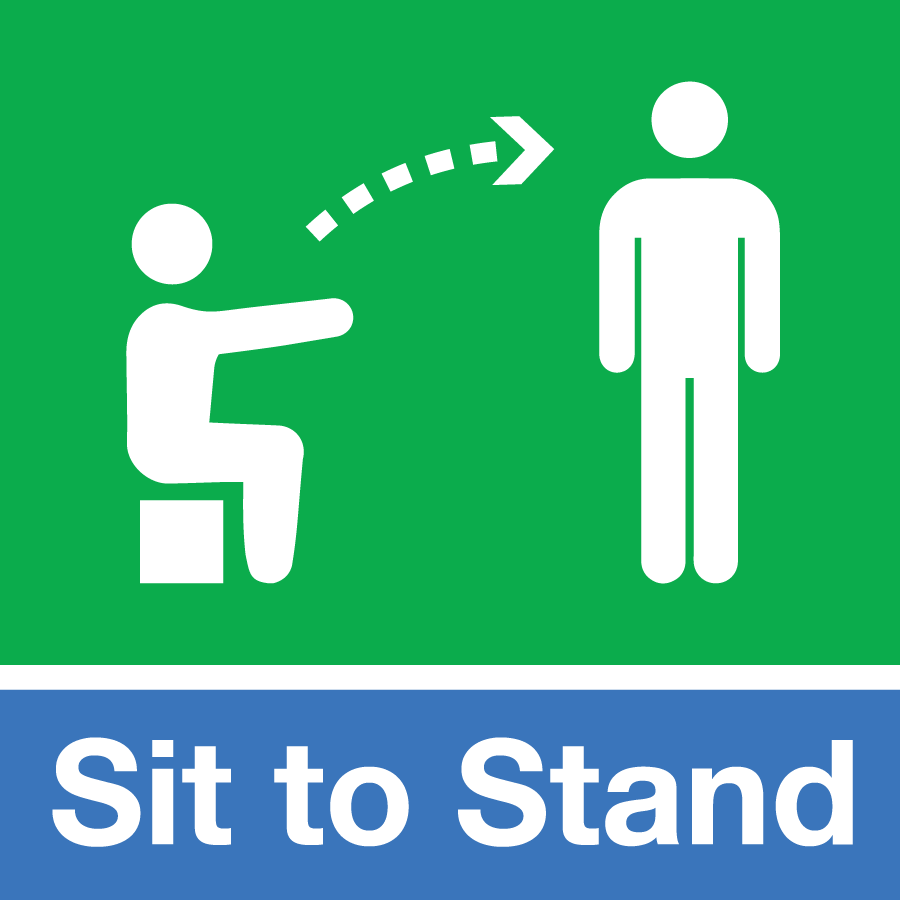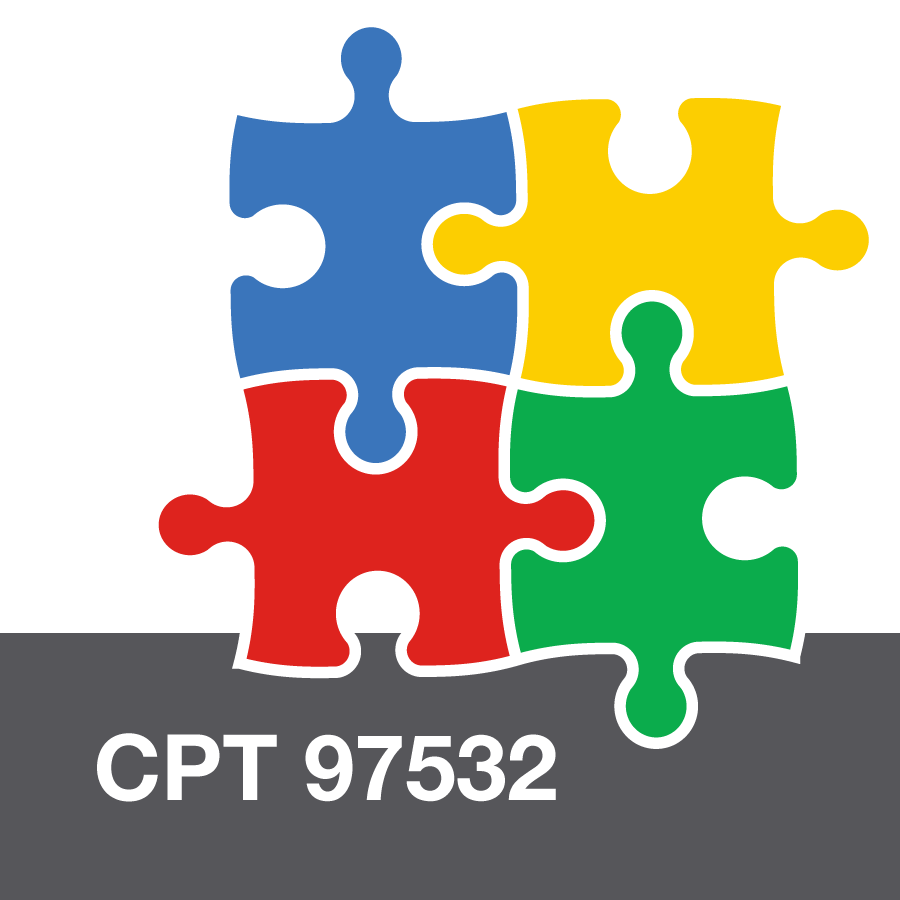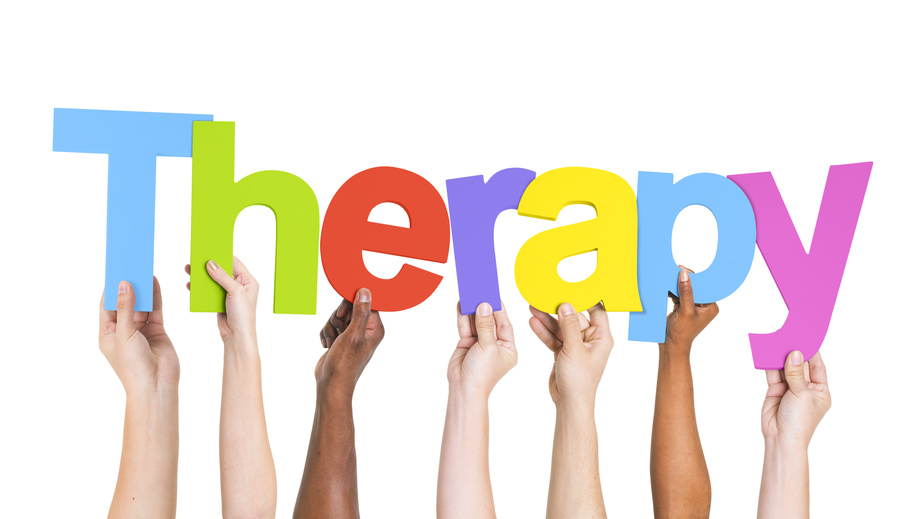
Catherine Whitlock, DPT student at the University of Washington, graduating in June 2016
To spark someone’s life is to provide that radiant moment of support and happiness that leaves a bright ember of a memory glowing long after its lighting.
Por favor, ayudenos. Imagine being invited into a home of someone you met less than a week ago, and they’ve asked for help. They speak an entirely different language, and they’re looking for professional guidance and suggestions to improve their daughter’s quality of life. Just over a year ago, I found myself in this exact situation while volunteering for Manos Unidas, the only private, not-for-profit school for Special Education in Cusco, Peru. I was fortunate enough to be traveling with a licensed physical therapist, and three other doctorate of physical therapy students. That day, our physical therapy mentor, I, and my colleague entered the home of one of Manos Unidas’ students with cerebral palsy to experience and better understand her home setup, the care she received, and, we hoped, to answer her mother’s burning questions regarding her continued care.
The house accessibility was notably impressive, with a spacious first floor, and the student had her own room. Her Mom showed us her resourcefulness in creating bolsters to use for exercises and expressed a profound interest in what more she could be doing to aid her daughter. The conversation initially revolved around positioning, sleeping, and demonstrating several new techniques to increase this sweet little girl’s interactions with the environment and people around her. In my mind, the most important exchange that day was between the physical therapist and the student’s mother. It was a challenging conversation concerning maintenance therapy versus improvement from therapy. The mother struggled at times to fully understand the difference between the two when her daughter was predicted to live 2-6 months by one doctor, and was also predicted to walk again by another doctor. These very conflicting prognoses are understandably confusing. She continued to express her frustration with the medical information she had received to date, and essentially asked the physical therapist, “What’s the point of therapy?”
Then came the spark. That blazing, powerful moment of caring connection as the therapist explained how physical therapy enabled the little victories in one’s life. Those two extra seconds of holding her head up and smiling at a loved one. The ability to grasp a favorite toy or point to something that she wants. That brief moment, that brilliant spark, shone a light into her life and the mother found new resolve to continue physical therapy with her daughter for those little victories.
Throughout my lifetime, I have welcomed multiple opportunities to interact with individuals of different social, cultural, and economic backgrounds. Yet it was in the work of this day in my budding career as a physical therapist that I discovered the crux of what inspiration I will bring to my interaction with every patient. My mentor physical therapist showed me through action exactly how to bring a positive light into any situation, and to celebrate the little victories with each person so they may move forward for the better. All of these moments have provided the framework for my career plans and goals, which resonates through the core of my very being. Each day I hope to rise anew to find opportunities to learn, teach, and share my passions and compassion with those I walk alongside on their path of healing. It is with the dedication of my life as a physical therapist that I hope to holistically serve those who are in the most acute need, to inspire others to do the same, and to develop programs that foster relationships and opportunities to serve the global community.
Quality, collaboration, and lifelong learning are a few of the principles at the heart of my interests in physical therapy. Throughout my educational and clinical experiences, I’ve found unwavering passion working with patients in an acute care setting. My drive to provide them with quality, safe, effective, efficient care is insurmountable, and I currently find myself in pursuit of an acute care residency in the hope that I will further develop myself as a clinician to provide the best patient-centered care possible. Intimately collaborating with other like-minded individuals in the field, I will be ever better equipped to utilize the research that develops evidence-based practice as it meets patient case scenarios. This passion for learning is one in which I proactively seek the tools to succeed, not the answers. My academic drive is for mentorship in which I am trusted as a capable colleague. The amount of intentional effort that I pour into this residency will directly correlate with what I gain from it, which impacts the quality of patient care that I can provide. My motivation to earn something through an environment rich with learning opportunities has never been greater.
Once established as a clinician, I hope to embody my passion for learning as a clinical instructor, as well as becoming a part-time instructor within either a physical therapy assistant or doctorate of physical therapy program. In my time as a student of physical therapy, I have continually expressed this deeply held desire to my mentors and have even been granted the opportunity to guest lecture on physical therapy as a piece of the rehabilitation team for the University of Washington’s Speech and Hearing Sciences: 533 Medical Speech Pathology course. Taking this presentation’s feedback in earnest, I intend to practically apply it within the acute care residency. This residency exists as the ideal catalyst for my dream of teaching as it includes the opportunity to be a teaching assistant for two acute care residency courses for a doctorate of physical therapy program. My goal as a teacher is to foster an environment that enables individuals to revel in this meeting of research and best practice, creating a ripple effect among the profession for better patient-centered care.
Beyond the classroom, I find advocacy and equity as essential components to my future contributions to physical therapy. I hope to develop and lead a program that connects physical therapy students and clinicians with other medical disciplines for global service opportunities to advocate for those who are under-resourced. It is a moral and ethical obligation to provide physical therapy services to those without access to care for financial reasons, from a lack of availability of services, or in the event of a disaster.
The spark in my life behind this goal comes from my experience as president of Global Rehabilitation Organization at Washington (GROW). GROW has provided opportunities and structure for me to participate more directly within the global community. These unique learning experiences have enabled me to collaborate with other healthcare students and clinicians, to practice cultural competency, and to transcend border, language, class, race, and ethnicity. Because of this, I know that combining my passion for local service, learning, sustainable international medical efforts, and inspiring best patient-centered care can all be realized through creating or collaborating with programs that cultivate compassion in action through globally aware service-learning opportunities. Organizations that advocate for equitable services on a local and international scale will give back to the global community through the power of physical therapy.
Perhaps then it is Mother Teresa of Calcutta who best encapsulates my deeply held vocational desire to serve as a holistically minded physical therapist — for as she boldly said, “Prayer in action is love, and love in action is service. Try to give unconditionally whatever a person needs in the moment. The point is to do something, however small, and show you care through your actions by giving your time. … Do not worry about why problems exist in the world — just respond to people’s needs. … We feel what we are doing is just a drop in the ocean, but that ocean would be less without that drop.”
There are countless people with physical needs, and my integral role in restoring function, promoting mobility, reducing pain, and preventing disability is but a moment of an individual’s lifetime, a drop in their ocean, a fleeting spark. Yet if I can serve as a shining spark, however small, who joyfully strives every day to bring compassionate, ethical and effective care to contribute to each of my patient’s well-being — that would be more than enough. For in intentionally meeting their needs, the true difference is made in empowering them to share this small positive contribution in turn, and multiply it within their own, greater communities of support and ever further still. It is in holistically healing all persons that physical therapists hold the power to revitalize communities, the spark to change lives we ourselves will never touch. Patient by deserving patient, victory by only seemingly small victory, our care empowers others to heal and better illuminate our world.
Chelsea Shearman, SLP, August 2015 SLP graduate of Northern Arizona University and student intern for Sabino Canyon
“Sister, eat, stop, chase.” These words, given to me in picture symbols, helped shape my life, ignited my spark and fueled my passion for wanting to become a speech language pathologist. My sister, a mere 14 months younger than I, was born with autism and is low functioning. Early in her life, doctors thought she did not have the aptitude to learn language. When my sister turned 4, however, a wonderful speech pathologist saw potential and taught her and me in therapy sessions how to incorporate the Picture Exchange Communication System (PECS) into our lives. Shortly after, this sentence appeared on the table before me and changed the course of our lives. My sister has never stopped learning; neither have I.
My flame grew as I learned to celebrate and embrace the differences in others at a young age. I volunteered in my sister’s classroom and went with her to early intervention therapies, as well as childhood programs for individuals with special needs. I got to know and love amazing individuals whom others considered “special” and how each of them had their own strengths, weaknesses, likes and dislikes. What worked with my sister did not work for them, and I had to learn how to build rapport with each individual and get to know each of them specifically. I shared my insights with those around me as I gave speeches about my sister in local charity fundraisers, went to IEP meetings, doctor’s offices and wanted to learn more about how to help others around me.
I continued my learning when I was 15 and volunteered in an AIDS orphanage serving the people in Uganda, Africa. First, getting there was a challenge. I had to raise money and worked hard to make my goals. The experience there was like nothing I had ever done; for such a short time of being there, I learned so much about life. While going in with the mindset of helping others, I, in turn, learned more from the people I was “serving” than I thought possible. Learning the needs of the people of Uganda and focusing on what was essential for them was way more vital than helping them with what I thought they needed. I was challenged with language acquisition and being immersed in a vastly different culture. Things were so foreign and strange, and I often made lots of mistakes. This taught me that true greatness, success comes only through trial and error. I learned about the importance of culture and background and was blessed with the patience of those Ugandan people who helped me grow.
With this experience I was excited to get a jump-start into my career and started by graduating high school at 16. In college I volunteered in undergraduate research in the “Profiles of Working Memory & Word Learning for Educational Research,” under Dr. Mary Alt. Doing research I learned the importance of asking questions and finding answers for others. I understood the need for proper paperwork and professional accountability. Lastly, I found researching evidence-based practices and working to stay abreast on the latest research findings to be essential in my therapy techniques and overall knowledge.
My lesson during this time was a hard trial I was learning to overcome. I was experiencing intense migraines which were affecting my memory and learning. I had to learn and relearn strategies to help with memory and word retrieval. I wondered if I could still be a speech therapist but I was determined to try. Through a process of elimination I learned what strategies worked best for me and learned the frustration that lies behind losing skills once mastered. I wondered why I needed to go through this and it was not until later that I learned the answer. That knowledge came while I was working with a client who was having issues with memory retrieval. Sensing her frustration, I shared my own experiences and she divulged her internal struggle. She thanked me and let me know my story gave her courage that things could get better; that although she may not return to her old self, becoming a new person was okay. I know it sounds cliché but I think sometimes we go through experiences so we can help and uplift others. I hope I can help others through my experiences — good and bad.
My passion for the area of speech continued to ignite as I received my SLPA license and started working for a clinic where I worked with clients from ages one to 40. I started implementing evidence-based practices, modifying activities to fit each individuals needs, and quickly became a liaison between my clients, their families and other team members. Later, I was accepted into graduate school and continued working full time in the area of speech pathology but changed to school-based therapy. I took techniques I learned in class and constantly changed my approach to therapy with all the knowledge I gained.
For my internship I was blessed to get a position in Ensign’s Sabino Canyon Rehabilitation and Care Center. It was a whole new kind of therapy for me and I tried to sponge all the knowledge I could from my talented and bright supervisor and other therapists. I enjoyed getting to know how to talk with and ask questions from my elders to learn their needs, their stories and how to help their quality of life. Some days it was overwhelming but I got the unique experience to help Ensign in my own way. Ensign opened up a new facility and I got to help with the transition and iPad programming. It may be small but I loved sharing the little knowledge of IT I had to support their skilled employees and got to see what working with Ensign is like — a family.
When I see the faces of the individuals I work with, I think about the love I have for my sister. In my life I have learned everyone is an individual, to set and meet goals, help others in areas of their needs, make mistakes and learn from them, ask questions and find answers, implement evidence-based practices, be a liaison, overcome obstacles, gain knowledge in every area and work as a family with my team. Every day I strive to work with others exactly the way I want others to work with my sister. I am not sure what the future has in store for me as I gain my full certification but I still have more to learn. I have a passion to try and ignite sparks in others; to help others grow beyond limits they or others might have put on them. Only through sparks can fires be set ablaze.


















